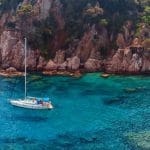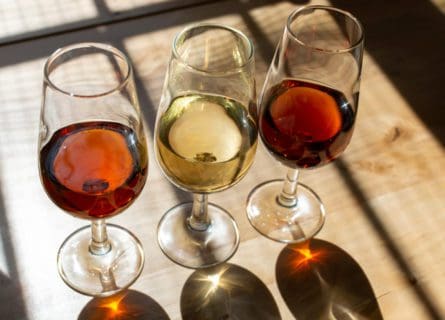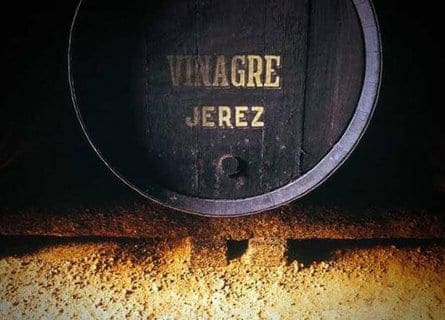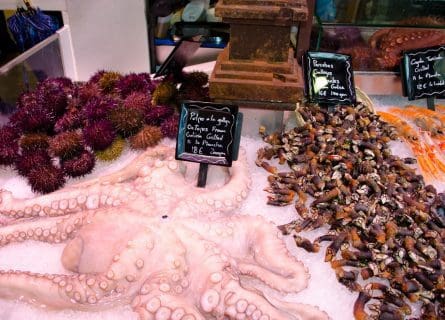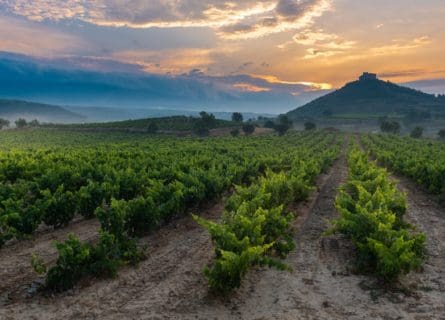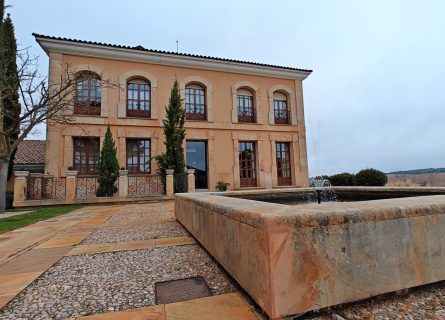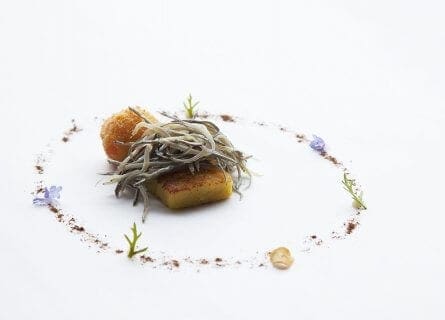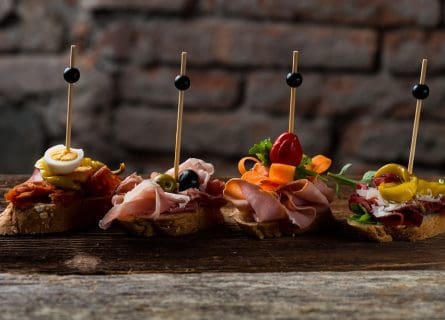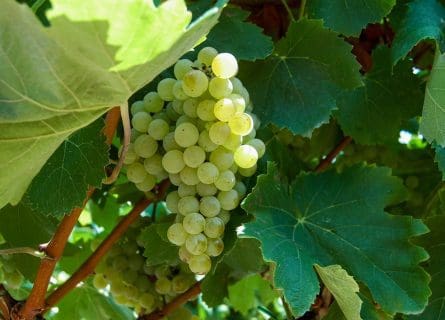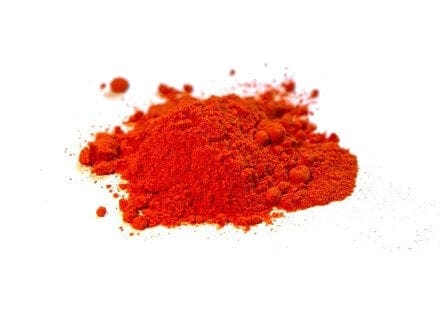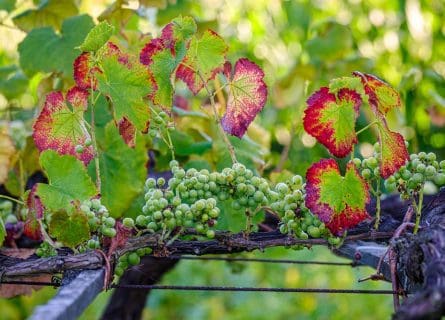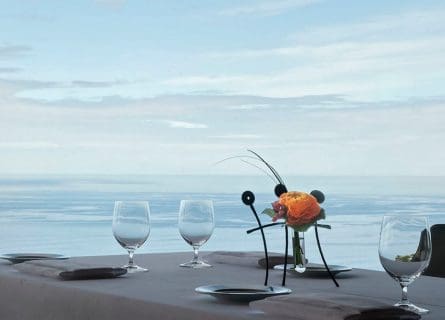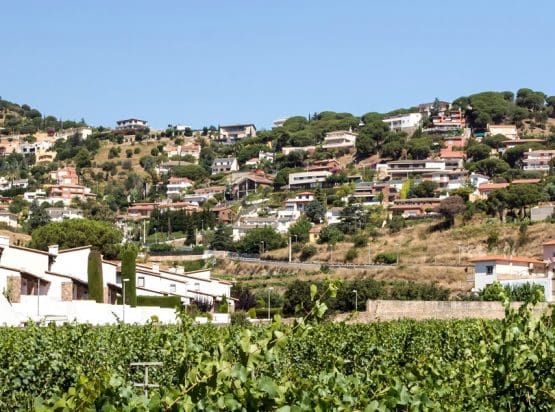
Begur Travel Guide
Immerse yourself in the breathtaking beauty of Begur - Your ultimate travel guide to discovering the hidden treasures of Costa Brava
Catalans are very proud of the Costa Brava (The Rugged Coast), and with good reason – despite the inevitable development, much of the coast has remained wild and untamed. Sheer cliffs, crystal clear water, sand and pebble beaches, and enchanting villages combine to make much of this coast a joy. Indeed, visiting picture-postcard destinations such as Begur is a favorite day trip for Catalans and, increasingly, discerning sybarites from abroad. Evidence indicates that Paleolithic (Old Stone Age) people wandered around modern-day Catalunya as long as 70,000 years ago. Subsequent tribes rubbed along pretty much undisturbed until the 7th century BC when the first Indo-European invasions occurred. Waves of these more advanced tribes, particularly Celts, poured into Spain from northern Italy, Switzerland, and beyond. Unfortunately, they were soon joined by usurpers from the Mediterranean – The Phoenicians and Greeks.
However, by the 3rd century BC, two superpowers had emerged in the Mediterranean: Rome and Carthage. After fierce fighting, Rome emerged triumphantly, and by 197 BC, the Spanish peninsula was under Roman control. They divided Spain in two: Hispania Citerior (including what is now Catalunya) had its capital in the Roman city of Tarraco (Tarragona), while the rest of Spain was dubbed Hispania Ulterior. Christianity also arrived by the third century AD, and the Romans held onto Spain until the 4th century.
But, as the Roman empire began to wobble, Hispania felt the effects. After the Franks invaded Catalunya, the comparatively Romanised Visigoths arrived and made Toledo their capital. Yet, their rule remained unsettled to the end, paving the way for the Moors to invade southern Spain in 711. Their leader, Tariq found the Visigothic ‘state’ so rotten and divided that he had no trouble subjugating the peninsula. Catalunya was under Muslim control from 718, but the situation did not last long. Indeed, parts of Catalunya were never conquered by the ‘Saracens,’ as the Muslim warriors were known.
By the late 10th century, the Casal de Barcelona controlled parts of Catalunya and the Languedoc-Roussillon in southern France. Muslim raids continued in the 10th century; however, by the late 12th century, their presence in northern Spain was greatly diminished. Under Ramon Berenguer III’s rule, the city of Tarragona was retaken, Catalunya launched its fleet, and sea trade developed. This was a glorious era for the region, with the rise of great Catalan Romanesque art.
In the 11th century, the first recorded mention of Begur took place. This part of Catalunya was ruled by the first Lord of Begur, Arnust de Begur, from which the village takes its name. During this period, a castle was constructed on a rock above Begur. Unfortunately, this castle remains in the same state it was left by Spanish troops who wrecked it in 1810 to impede the advance of Napoleon’s army.
In 1137, Ramon Berenguer IV married the heiress to the throne of Catalunya’s western neighbor, Aragon, thus creating a joint state that set the scene for the region’s golden age. The most famous Catalan ruler was Jaume I, who conquered the Balearic Islands, which were used as pirate bases to strangle the Catalan sea trade. After many costly and often bloody campaigns, the western Mediterranean became a joint Catalan/Aragonese lake of prosperous trade and riches. These were high times indeed for the citizens of Begur and wider Catalunya.
However, in 1479, Fernando of Aragon married the Queen of Castile Isabel, uniting Spain’s two most powerful monarchies. Then, in 1492, the last Muslims were ejected from Granada. In that same year, Columbus discovered the Americas – an event that, in a short time, would bring enormous wealth to now-united Spain but from which the Catalans would benefit little. Yet Begur subsequently helped enormously from the trade-in coral – the Costa Brava was once renowned for its prized red coral, which survives today at great depths. Watchtowers were also built in the 16th and 17th centuries and were used to protect the coast against attacks from pirates.
By the 17th century, things were not looking up for the citizens of Begur. The Reapers War (1640-52) saw Catalunya declare itself a ‘republic’ under French protection. Ultimately, the final peace treaty that concluded hostilities between France and Spain saw the region lose valuable territory, including Roussillon. Catalunya seemed doomed to stumble from one losing cause to another – in 1714, King Felipe V took Barcelona after a long siege, a black day in history for all Catalans. He abolished the local government and banned teaching and writing in Catalan.
Nevertheless, the 18th century was a generally prosperous time for Catalunya. The textile industry – benefiting considerably from trade with the Americas – boomed, while cork, paper, liquor, and leather exports generated considerable wealth for Barcelona’s merchants. As a result, Begur became a favorite weekend destination for the middle and upper classes, although fishing was the mainstay of the village’s economy.
The 19th century was marked by seesaw political clashes and, conversely, economic growth and prosperity. Industry centered around Barcelona expanded while the movement to reinstall Catalan autonomy in economic and political matters grew and grew. Yet, all was not well, and a popular revolt in 1842 led to a bombardment of the city.
Catalunya greeted the 20th century with optimism that was sadly not to last. In 1932, the government of Madrid finally bequeathed what the Catalans so desperately desired – a new regional government and some degree of autonomy. But, events of greater importance than Catalan nationalism would drag Spain down a dark path. 1936, General Francisco Franco rose against the Spanish Republic and eventually captured Madrid in March 1939. However, even before the end of the war, Franco made the symbolic act of abolishing the Generalitat (in 1938). Over 35,000 people were shot in his post-war purge, and Catalans lost many freedoms. For example, Franco banned the public use of Catalan and had all street names rendered in Spanish.
Since Franco’s death and the return to democracy, Catalunya has sought more autonomy than ever, taking control of various areas, including police, education, trade, hospitals, and social security. They are a proud people and justifiably so – Catalunya remains one of Spain’s most enchanting regions, typified by Barcelona’s dynamic internationalism and the Costa Brava’s tranquil beauty. The best analogy we can think of is to imagine a far less crowded Cote d’Azur – Begur’s lovely climate, spectacular coastal scenery, narrow streets, and enticing restaurants, which add up to something quite special. No wonder Begur is singled out for special treatment, even among the many treasures of the glorious Costa Brava.
-
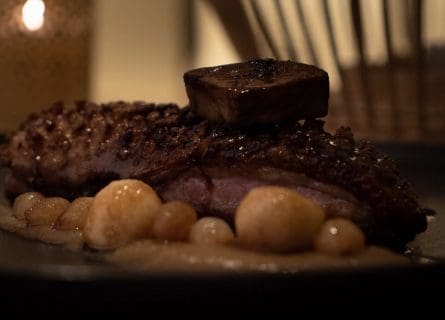
The ridiculous creative Restaurant Turandot (see below) Gastronomy & Wine
The Costa Brava and wider Catalunya are wonderfully self-sufficient in the gastronomy stakes – the region’s diverse geography and topography provide a bounty of delicious produce, meat, seafood, and game. After all, this region is home to the legendary El Celler de Can Roca in Girona, voted Best Restaurant in the World twice by Restaurant Magazine. Michelin fine dining, rustic boltholes, dreamy sea-facing terraces – all of this and more is up for grabs in the Costa Brava.
Mar I muntanya (sea and mountain) is vital to the regional diet. Catalans delight in pairing meat and fish to create unusual but delicious combinations, such as meatballs with cuttlefish and chicken paired with shrimp. Cured meats, above all sausages, are another Catalan passion – you’ll find all sorts of sausages on menus in the Costa Brava, including botifarra, fuet (a thin, dried pork sausage), and longanissa. Wild mushrooms also elicit strong emotions, and foraging in the woodlands set inland from the coast is a real treat for food lovers.
Many species flourish in the fall in Catalunya, too many to mention here, although the large succulent rovellons are our favorite. Visitors must also try the famous arros negre, rice cooked in cuttlefish ink that may sound off-putting but is exquisite. Fideua is another Costa Brava highlight – similar to paella, Fideua uses vermicelli noodles as the base and is served with lobster and prawns in the best seafood restaurants. While perusing the menu, keep an eye out for local cheeses such as formatge de tupi, a goat’s cheese soaked in olive oil that is utterly delicious. Catalunya’s main centers of cheese production are in La Seu d’Urgell and the northwest Pallars area.
Meanwhile, oenophiles will ask what I can expect on my wine list? A great deal is the answer: Catalunya is no less self-sufficient in the wine department, is home to several major DOs (wine zones), and is renowned for its sparkling wine, Cava. The majority is made in Penedes, south of Barcelona, while closer to Begur. In addition, you’ll find the region of Emporda, formerly known as Emporda-Costa Brava, stretching right up to the French border. A wealth of wine styles are made in this up-and-coming region, including rose, Cava, robust reds, and aromatic whites. Grenache and Carignan are densely planted, although one can find many different grapes, both local and indigenous varieties, in the vineyards of Emporda. Family-owned wineries tend to dominate, our favorite being Mas Oller. A fastidious dedication to quality, excellent terroir, and even better winemaking – the wines of this boutique winery are well worth seeking out.
Guide to Catalan Gastronomy: Read more
Nearby Wine Regions
-
 Explore Alella's exquisite wines, rich history, and stunning vineyards. Plan your visit to experience the best wineries and scenic beauty today! Read more
Explore Alella's exquisite wines, rich history, and stunning vineyards. Plan your visit to experience the best wineries and scenic beauty today! Read more -
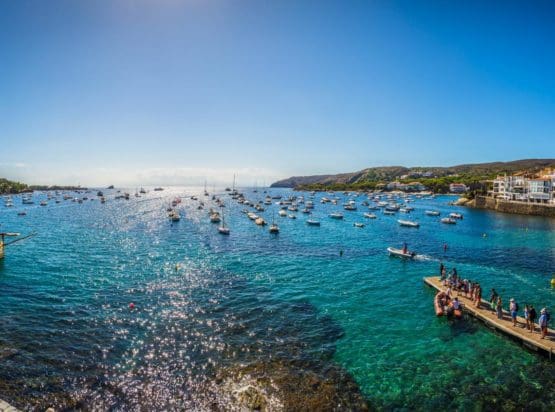 Unveil the Essence of Empordà: A Remarkable Journey through a Captivating Wine Region. Discover Hidden Delights & Savor Exquisite Flavors.Plan your trip! Read more
Unveil the Essence of Empordà: A Remarkable Journey through a Captivating Wine Region. Discover Hidden Delights & Savor Exquisite Flavors.Plan your trip! Read more
Highlights
-
Restaurant Turandot
Restaurant Turandot in Begur is a culinary delight that showcases the passion and dedication of its owners, Juan and Maria Sanchez. Their commitment to excellence is evident in every aspect of the dining experience. The menu offers exquisite and authentic Mediterranean cuisine, blending traditional Catalan flavors with innovative culinary techniques. The grilled seafood is a favorite, showcasing the restaurant’s commitment to quality. The wine list features national and local gems, allowing diners to discover the region’s unique flavors. Indulging in the crema catalana for dessert is highly recommended. The attentive and knowledgeable waitstaff ensures that each diner’s experience is exceptional. If you can visit Begur, make sure to embark on a culinary adventure at Turandot.
-
Castle of Begur
Offering spectacular views of the surrounding coastline, Begur’s castle, or rather its remains, dates back to the 11th century. Laid waste in 1810 by Spanish troops fearful of it falling into enemy hands, it offers the best vantage point for miles around.
-
Pals
Six kilometers inland from Begur is the pretty walled town of Pals. Apart from its charming medieval center, the 15-metre Torre de Les Hores (clock tower) is the main attraction. However, wandering around the uneven lanes of the Casco Antiguo is a joy in itself.
-
Fornells
Who could resist the charms of Fornells? A tiny village, Fornells captures hearts because of its beautiful location on one of the most picturesque bays in the Costa Brava. A marina, spotlessly clean beach, and dreamy blue waters await.
-
Castell de Pubol
Salvador Dali bought the Gothic and Renaissance mansion – which includes a 14th-century church – in 1968 and gave it to his wife, Gala. It is a fascinating testament to his genius, done up in his inimitable style, with lions’ heads staring from the tops of the cupboard statues and elephants with giraffes’ legs in the garden—a weird and wonderful must-visit attraction in the Costa Brava.
Recommended for you
More information
If you would like us to customize an exclusive luxury tour, contact us and let us know your travel plans. We offer luxury food and wine tours for private groups of a minimum two guests. In addition, all of our private, chauffeured tours are available year-round upon request.

